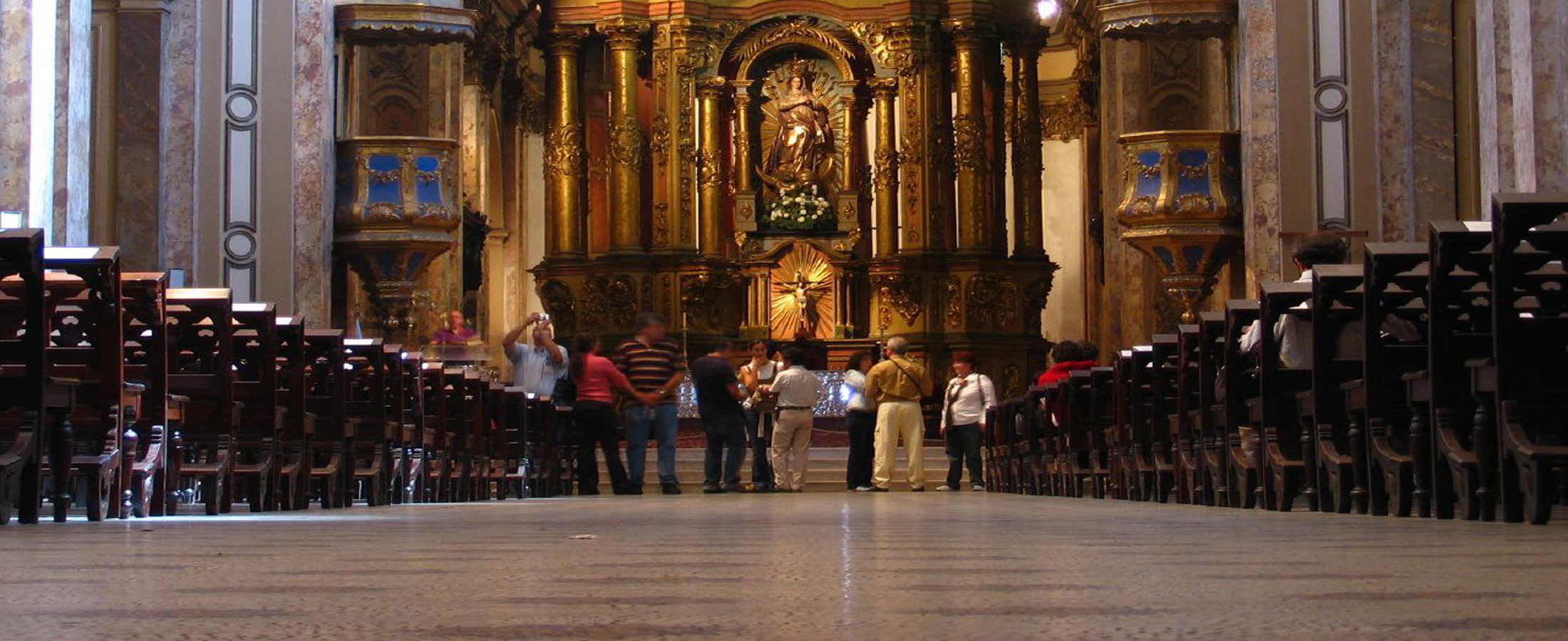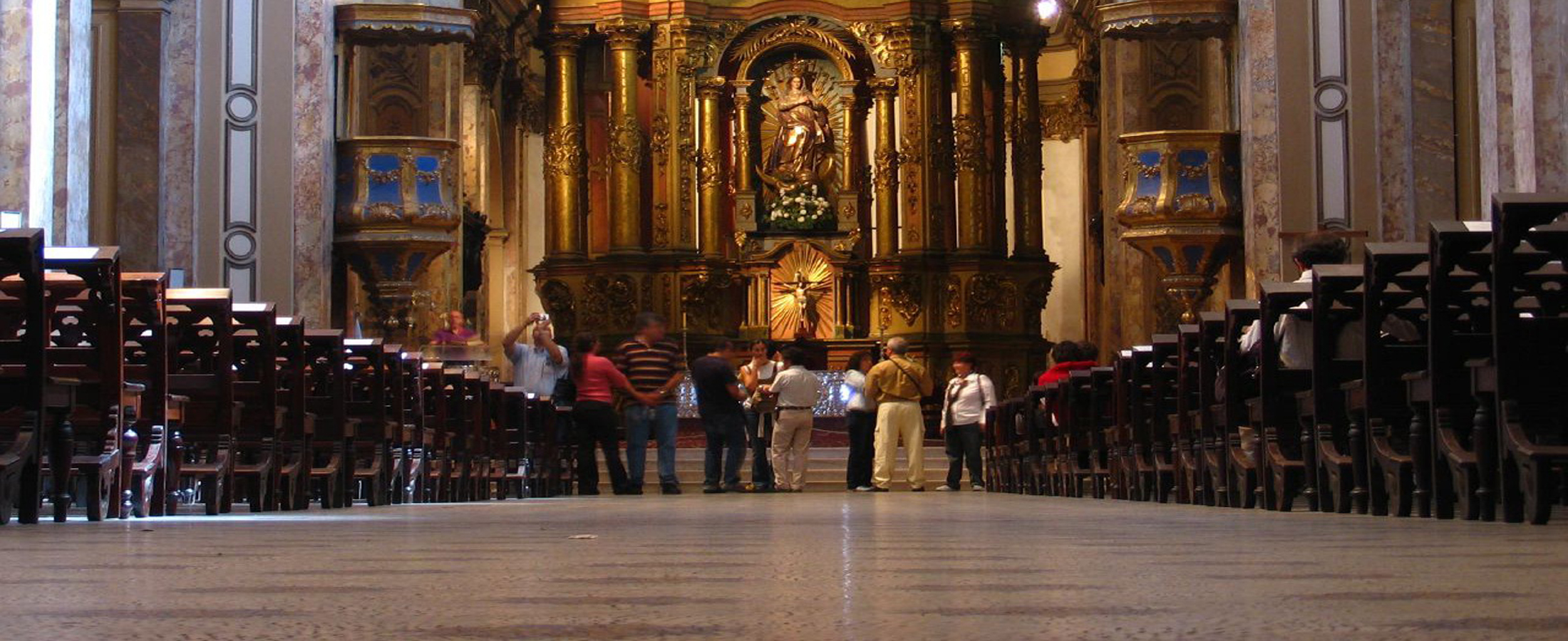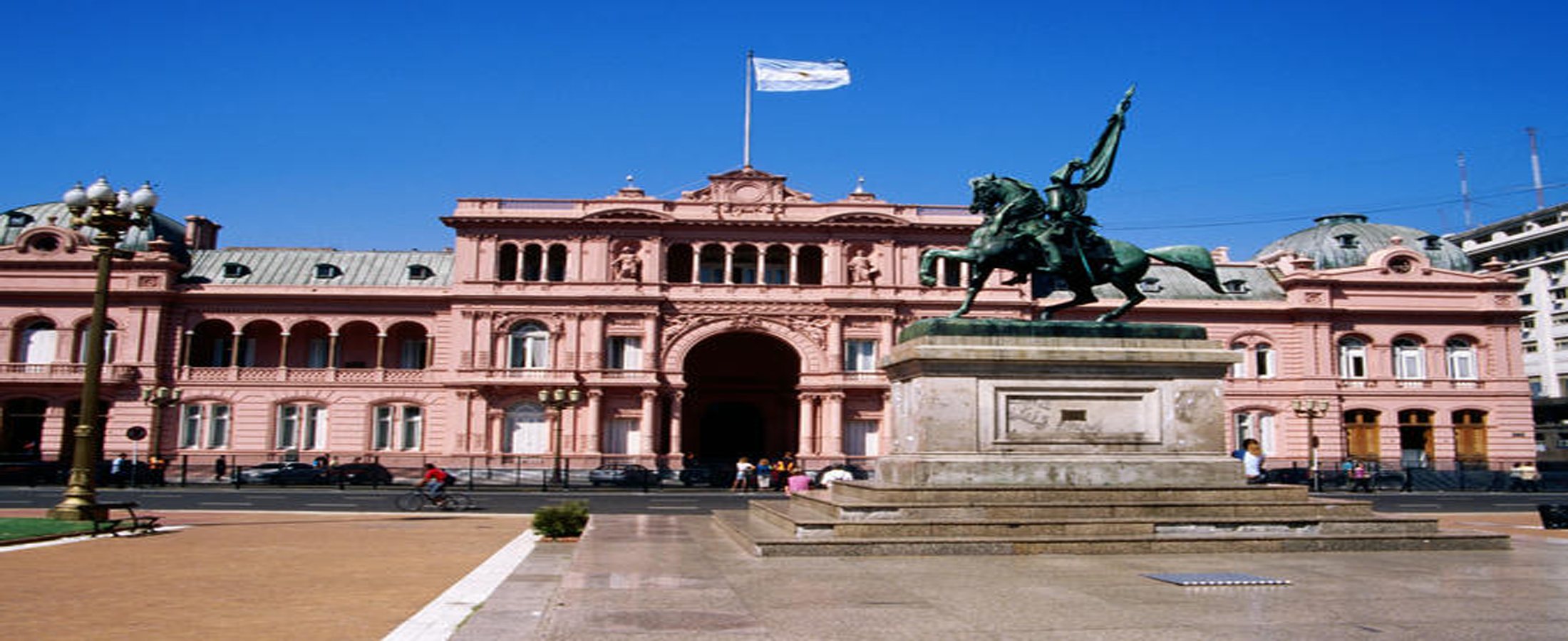The pre-Columbian time or early history, the colonial period, the period of the nation-building, and the history of modern era are the four main parts that comprise Argentina’s History.
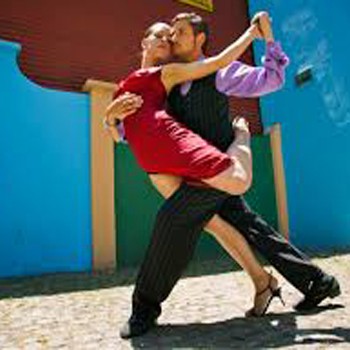
Tango
Historically the origins of this famous dance form are fairly murky. Thought to have started around the late 1800s in the slum areas of Buenos Aires, as the various immigrants from Europe began to arrive into Argentina, the dance was seen as the dance of the working classes…the working man, hungry for some female attention, would go to the cafes and bordellos of Buenos Aires and dance with the prostitutes or waitresses that were serving there
Plan my Argentina Vacation Now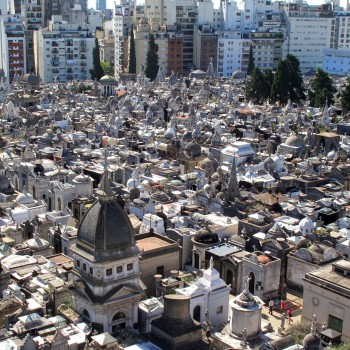
La Recoleta Cemetery
La Recoleta Cemetery (Cementerio de la Recoleta) is a world renowned cemetery in Argentina’s capital, Buenos Aires. Opulent and grand, La Recoleta Cemetery is characterized by a range of ornately decorated mausoleums, many of which are made of marble and adorned with statues. In fact, this over ground burial system is due to the fact that is anything buried underneath La Recoleta Cemetery’s marshy earth is likely to rise back to the surface. It’s most famous resident is Eva Perón or “Evita”, who is buried in a black marble mausoleum owned by her family and listed under her maiden name “Maria Eva Duarte”. Designed by a French engineer called Próspero Catelin, La Recoleta Cemetery more resembles a city than a burial ground, its impressive neo-classical gates opening up to winding tree-lined streets. Inside La Recoleta Cemetery visitors can see a variety of graves, some better maintained than others, but altogether offering a fascinating tour through Argentinean history.
Plan my Argentina Vacation Now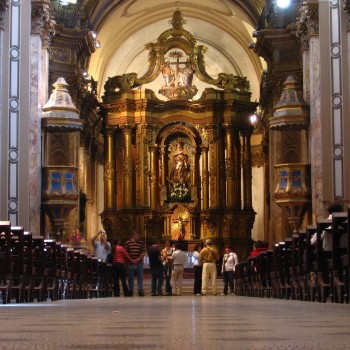
Catedral Metropolitana
The Buenos Aires Catedral Metropolitana (Metropolitan Cathedral) was originally built in the sixteenth century, although it has since undergone several changes and the current building was constructed in 1745. The long and varied history of the Catedral Metropolitana can be seen through its diverse architecture, ranging from its neoclassical façade designed by French architects Prosper Catelin and Pierre Benoit to its 18th century nave, dome and altars. As the main church of the Archdiocese of Buenos Aires, Catedral Metropolitana forms the centre of catholic life in the city. Catedral Metropolitana contains the mausoleum of General San Martin, a central figure in Argentina’s struggle for independence from Spain. It also houses the tomb of the unknown soldier of Argentine independence and an eternal flame of remembrance.
Plan my Argentina Vacation Now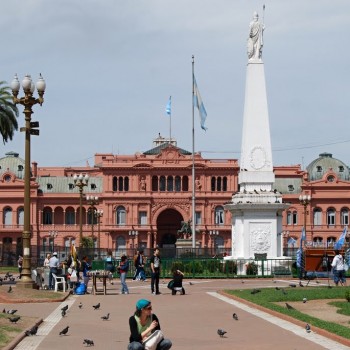
Plaza de Mayo
Plaza de Mayo is famous and politically significant square in Argentina’s capital, Buenos Aires. Established in 1580 and once known as Plaza de la Victoria, it was renamed as Plaza de Mayo in the nineteenth century following the May Revolution. Plaza de Mayo literally means “May Plaza”, a reference to the site’s importance during the May Revolution. Plaza de Mayo also contains the May Pyramid, a statue commemorating the May Revolution and Argentina’s independence from Spain, installed in 1811. Overall, Plaza de Mayo is an important focal point for political life in Argentina and is where most of its political institutions are housed, including the Casa Rosada from where Eva Peron or “Evita” addressed the people and city hall. The Metropolitan Cathedral of Buenos Aires can also be found here.
Plan my Argentina Vacation Now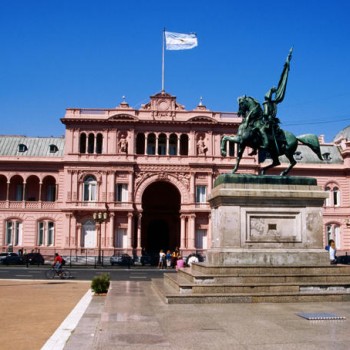
Casa Rosada
Casa Rosada is a presidential palace in Argentina’s capital Buenos Aires. Literally translated as the “Pink Palace” due to its distinctive pink façade, Casa Rosada houses the executive branch of Argentina’s government. The land on which Casa Rosada sits was subject to many changes and it was only in 1857 that President Justo José de Urquiza partially demolished and renovated a fort which stood there, creating a customs house which would become Casa Rosada. The building was renovated and decorated in the 1860, first by Bartolomé Mitre and then by Domingo Sarmiento, transforming it into a presidential residence. Probably the most famous aspect of Casa Rosada is its association with Eva Peron or “Evita”, the wife of President Juan Peron who addressed the people from its balcony. Today, Casa Rosada is open to the public, and has a museum in its lower levels containing numerous artifacts relating to Argentina’s history and its government. Behind Casa Rosada are the little known 18th century catacombs of Fuerte Viejo.
Plan my Argentina Vacation Now
